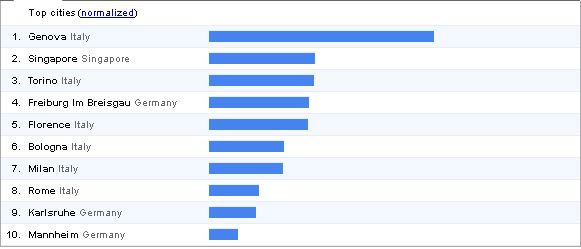In this case, it's from the original car2go is Tel Aviv, Israel.
Doing an original video, especially on a (relative) shoe-string, is always a challenge. This is a nice use of a different form of animation than is mostly commonly seen. The images alone do a very nice job of explaining what carsharing is - and, if I spoke Hebrew, probably the words do too. I'd certainly nominate this video my Best Carsharing Video of 2011. Nice job.
A close runner for the best CS video up in my mind is this one from the other car2go - Daimler's. This one is more atmospheric but has some nice touches. And the "I love this town" theme (in English no less) is a brilliant move. I've been very impressed with car2go's success at becoming part of the various communities they've gone into - a tough act for most multinational corporations!
If you've got nominations for the Best Carsharing Video of the year, let me know. Just post a comment below. Thanks.
Doing an original video, especially on a (relative) shoe-string, is always a challenge. This is a nice use of a different form of animation than is mostly commonly seen. The images alone do a very nice job of explaining what carsharing is - and, if I spoke Hebrew, probably the words do too. I'd certainly nominate this video my Best Carsharing Video of 2011. Nice job.
A close runner for the best CS video up in my mind is this one from the other car2go - Daimler's. This one is more atmospheric but has some nice touches. And the "I love this town" theme (in English no less) is a brilliant move. I've been very impressed with car2go's success at becoming part of the various communities they've gone into - a tough act for most multinational corporations!
If you've got nominations for the Best Carsharing Video of the year, let me know. Just post a comment below. Thanks.






















